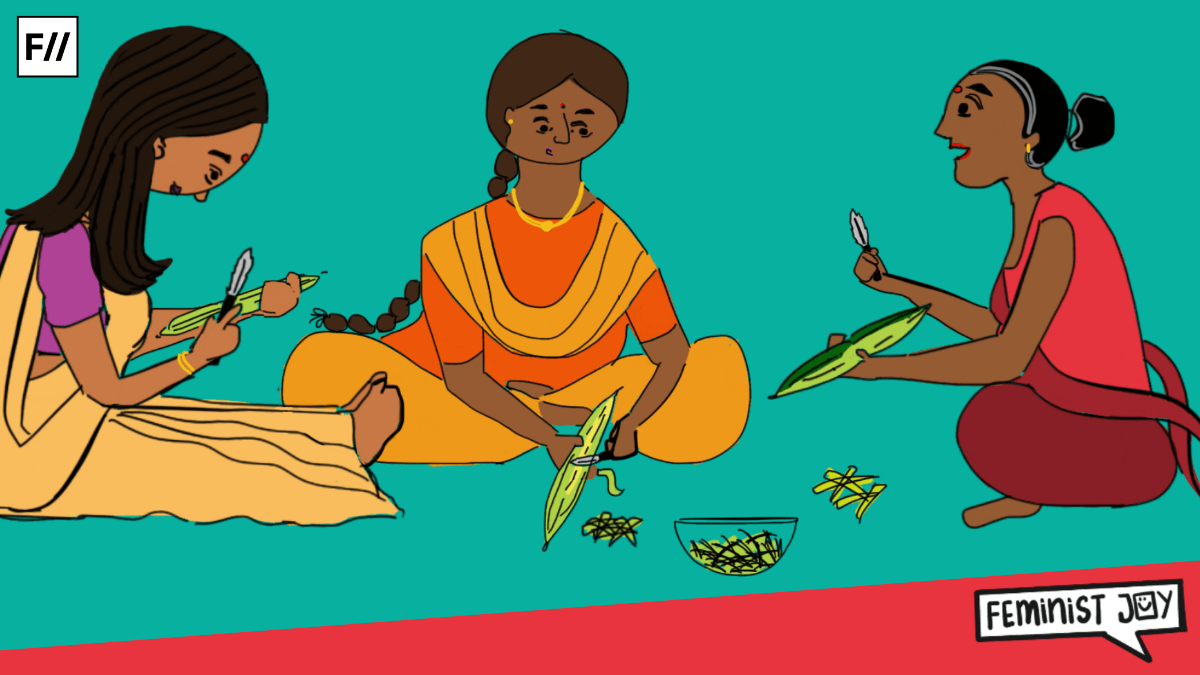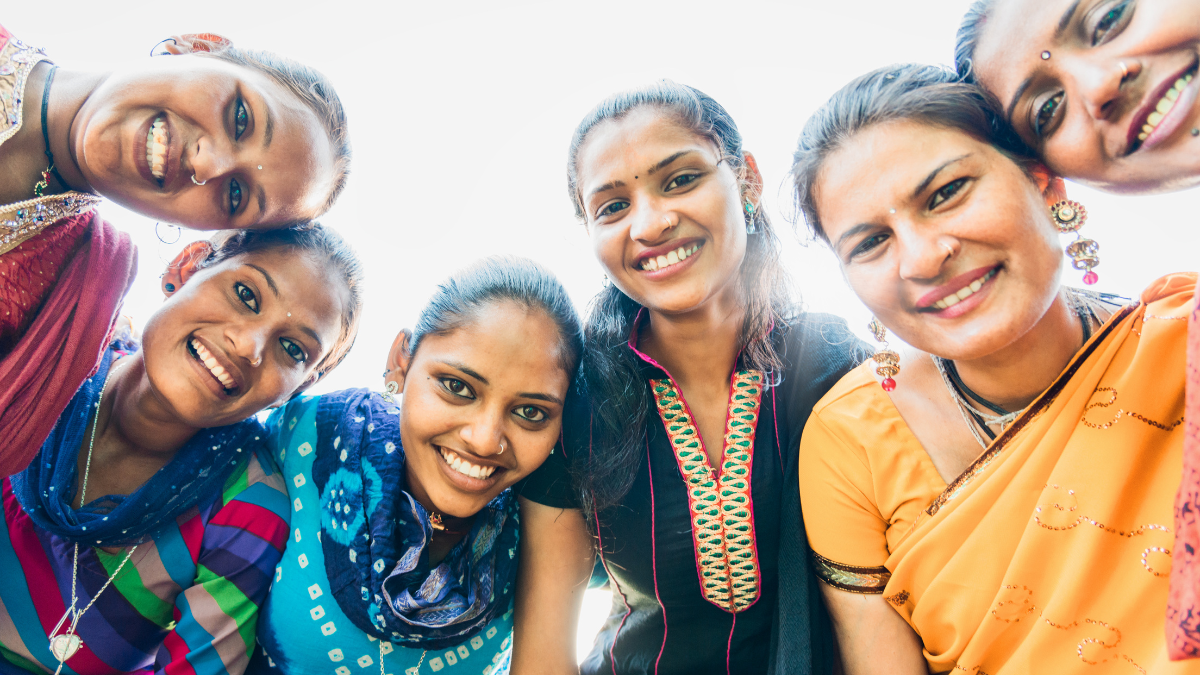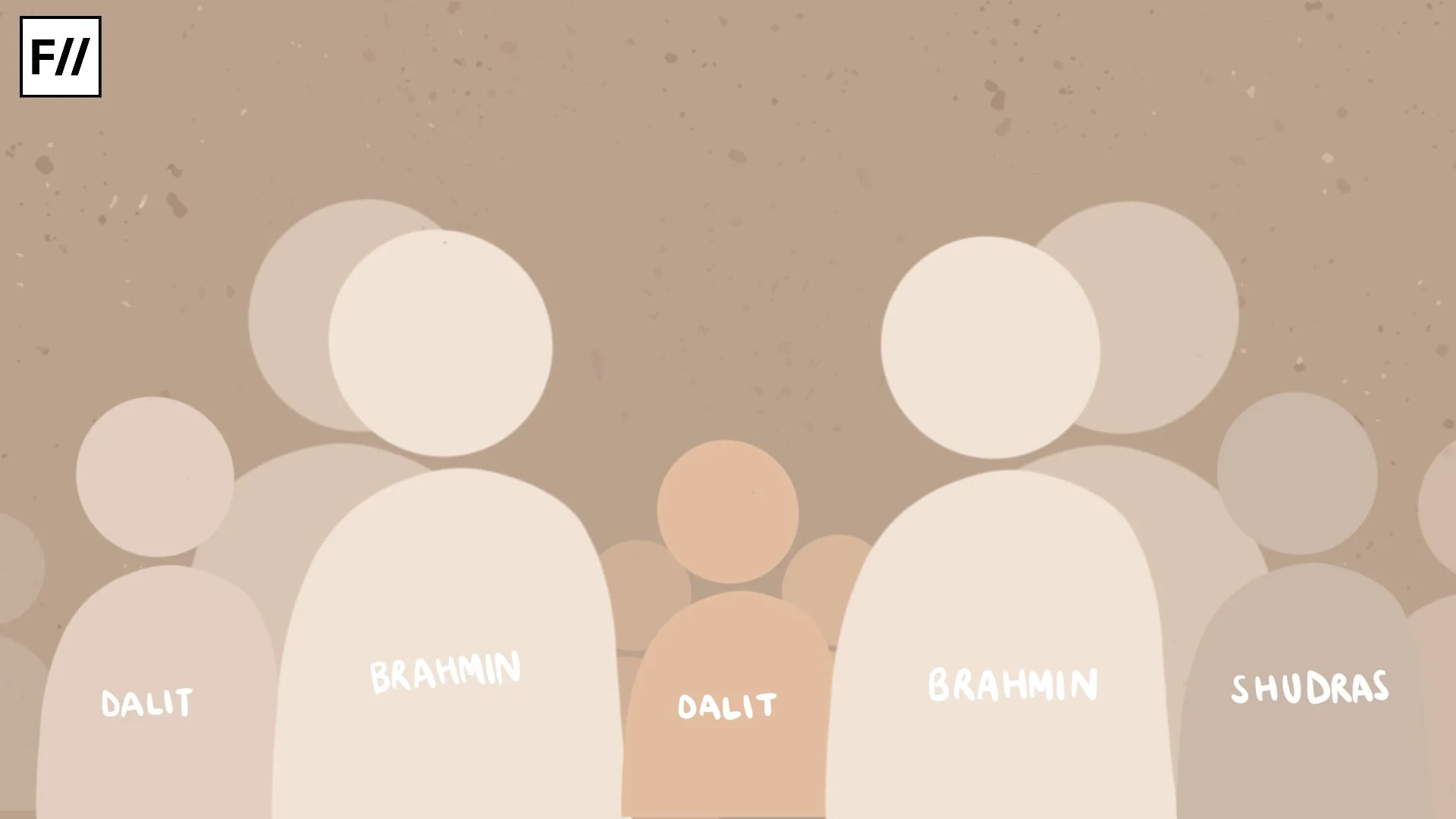Growing up a feminist in a typical Indian household meant that I was often too argumentative, too sensitive and too confrontational. I was raised with a suffix attached to my name. My coming-of-age film does not have a neon gradient over it to make it easier on the eyes. When the table wobbles, I shove yesterday’s folded newspaper under it. My mother places hot dosas on top of it. I wonder if she is a bad feminist. The great irony is that she might have thought about this too. A cyclical, psychoanalytic trap.
So later, I will hunt for my true self under the glow of TV advertisements which will sell me authenticity for a price. I can be the Dream Girl if I get on that diet if I buy that hair colour, if I try that shampoo and if I lather that lotion. Self-discovery hinged on consumerism. That felt like bad feminism too.
Humour is the subversive strategy of resistance, laughter is its expression.
The thing with feminism, I have since learned, is that it retains no singular truth. Perhaps, that is also the beauty of it. We must look at this grand narrative, a compound of polyphonic voices, and remember to bear witness to small feminisms.
On afternoons stretched thin, my mother and her mother would sit with me, shelled peanuts close at hand, reciting stories real and imagined. These were never sweeping tales. They spoke of their mothers and sisters, of quiet revolutions and the difference they made. When the radio played their favourite songs, they would send up laughs like bubbles. These were the teachable moments. Humour is the subversive strategy of resistance, laughter is its expression.
According to Freud, humour’s true victory is in the ego’s invulnerability, most evident in humorists, criminals, and narcissistic women. In the bounds of his psychoanalytic framework, the laughing image of a narcissistic woman, much like the criminal, exists beyond societal norms. Motherhood is seen as the remedy for her, a means to transform her inherent nature and to teach her to love the masculine ideal.
Poststructuralist ideas on power and knowledge helmed by thinkers such as Michel Foucault, Gilles Deleuze, and Judith Butler indicate that humour and irony are as effective a tool in philosophical suasion as fact or argument. French philosopher Luce Irigaray and writer Hélène Cixous stress the role that laughter plays in the configuration of a woman’s identity.
In “Laugh of the Medusa,” Cixous argues that men have historically marginalised women, portraying them as incomprehensible and “dark.” Their roles are inevitably centred around male needs, encouraging an inherent animosity between women. Here, Cixous encourages modes of feminine creativity and writing that serve as vehicles of expression beyond masculine and phallocentric language constraints.
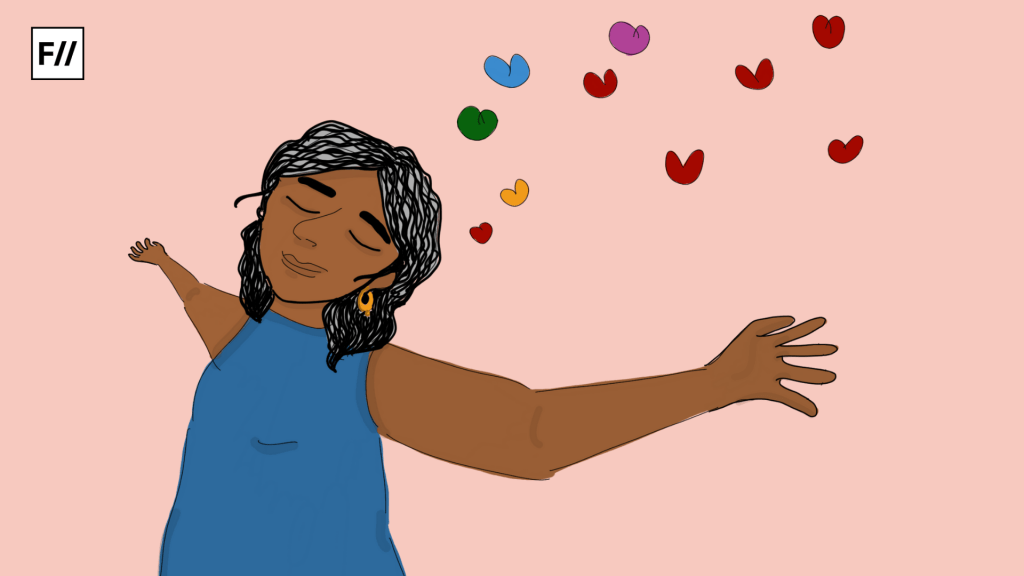
Central to this rebellion against an overarching male discourse is laughter. Humour is a manifestation of feminine strength that transcends patriarchal sovereignty over societal structures. Cixous personifies this joyous defiance through the allegorical Medusa, writing “You only have to look at the Medusa straight on to see her. And she’s not deadly. She’s beautiful and she’s laughing.” For Cixous, Medusa embodies the feminine spirit that exists independently of the paralysing male gaze, laughing on its own terms.
In popular imagination, a feminist is decidedly humourless with “the inability to smile – let alone laugh” as identified by cultural critic Susan Douglas. New media and online discussions have simultaneously understood feminists as dirty and dangerous while also treating them as a joke. The terrain of humour is exclusively ascribed to men. Here, complex gendered political issues are reduced to pejorative quips and retorts that minimise collective female effort.
Through shared jokes and light-hearted moments, women find strength and solidarity, transforming the everyday into a site of empowerment and joy. It is a move away from the traditional focus on victimhood and suffering, instead celebrating humour as a means of emancipation. These instances, woven into the fabric of daily life, become a quiet yet potent form of feminine self-assertion, allowing women to assert their identities and create spaces where their voices and experiences are celebrated.
When conservative ridicule targets the female body, the laughing woman is laughing for all the wrong reasons. They become hysteric deviants and moral monsters. The truth is that a female comic that makes her audience laugh is a powerful figure. From the second wave of feminism, women have used self-deprecating and satiric humour to claim stages of comedy. Feminism openly engaged with playful irony and humour to resist themes of morality, menstruation and motherhood. In all these acts, anger and rage served as a perennial undercurrent. This was the spirit of rebellion, engulfed by laughter.
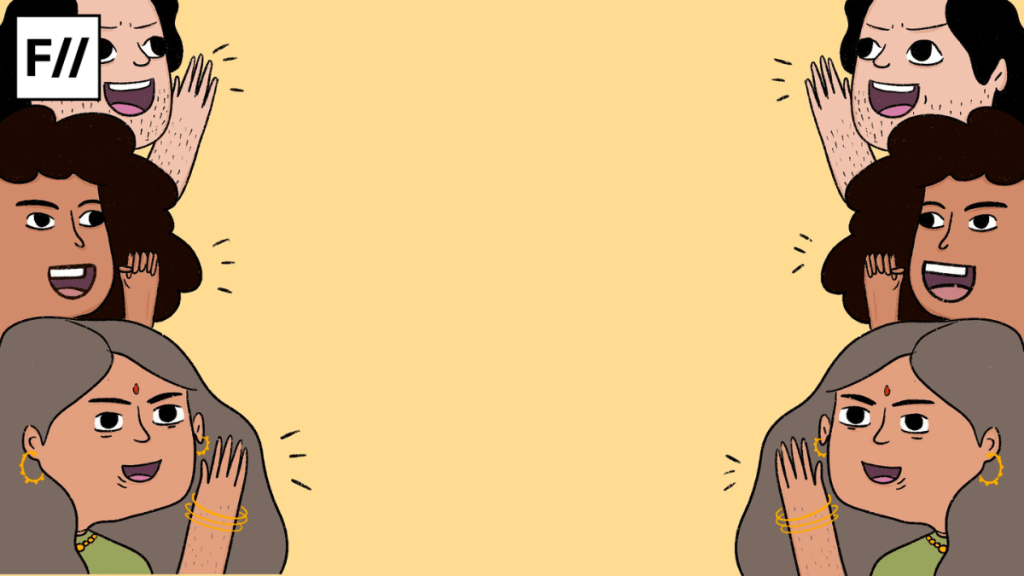
In domestic spaces, the same laughter and humour resonate just as meaningfully. They serve as tools for bonding, resilience, and subtle rebellion against the pressures and expectations imposed by society. Through shared jokes and light-hearted moments, women find strength and solidarity, transforming the everyday into a site of empowerment and joy. It is a move away from the traditional focus on victimhood and suffering, instead celebrating humour as a means of emancipation. These instances, woven into the fabric of daily life, become a quiet yet potent form of feminine self-assertion, allowing women to assert their identities and create spaces where their voices and experiences are celebrated.
Here are the authentic Dream Girls, wielding a cathartic humour through alternative feminisms. Laughter might just be the healing force against the ailment of societal norms. The home is an important locus of social history. There is remarkable lightness and courage in shared moments of joy. It is how we take charge of our narrative and overcome oppression.
Indigenous author Kim Scott said about humour in the novel Benang: “I knew what I was doing. I was trying to make fun of some of the really shitty stuff … it defuses some of the hurtfulness that’s in there, I think, by playing with it…It’s not an appropriate response. But it seemed very necessary.” In laughter, there is truth. If for a moment, we can imagine a place with happiness, a world made better because of it, then let us.
Laughter is a testament to the audacity of possibility. It’s the belief that even the most formidable obstacles can crumble under the weight of a well-timed joke, a shared moment of amusement that reminds us that we, as the creators of this story, can also be its architects of change.
About the author(s)
Gayathri S (she/her) is currently pursuing her master's in English. With a deep-rooted love for literature and writing, she hopes to streamline her interests towards a career in journalism. Alongside her studies, Gayathri has gained practical experience through internships in content writing, editing, and research. These opportunities have strengthened her commitment to impactful storytelling and managing projects aligned with broader social goals. Gayathri looks forward to merging her passion for writing with journalism, where she can explore and report on diverse narratives.
